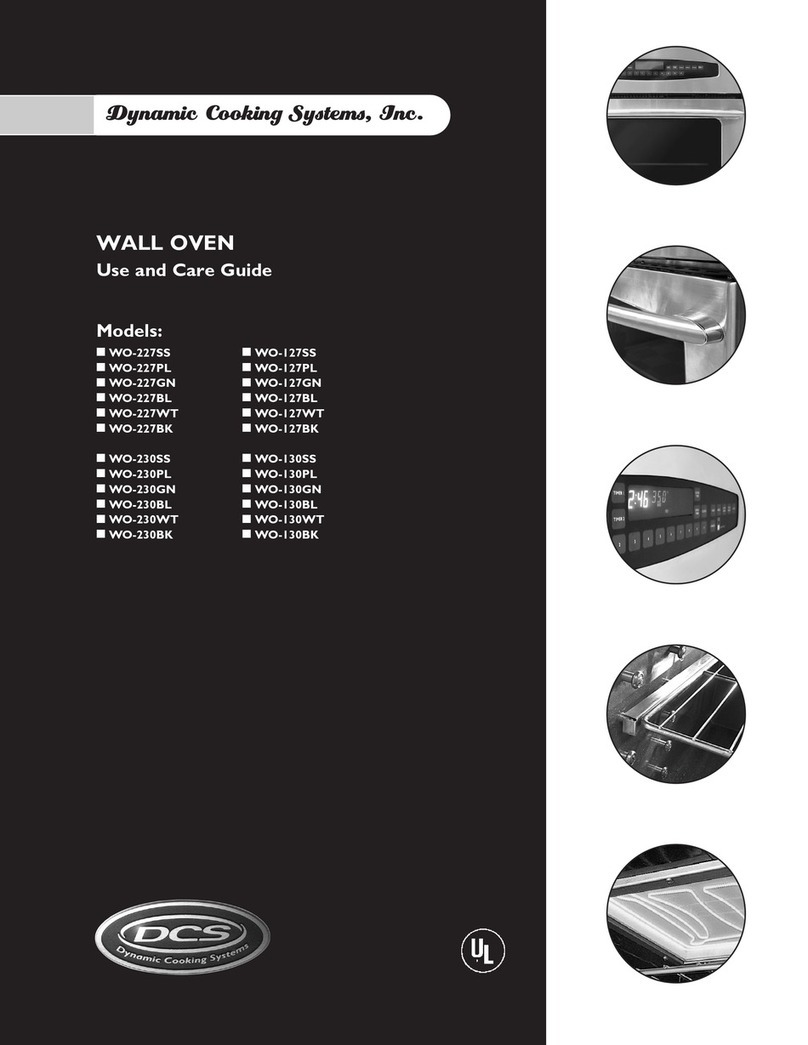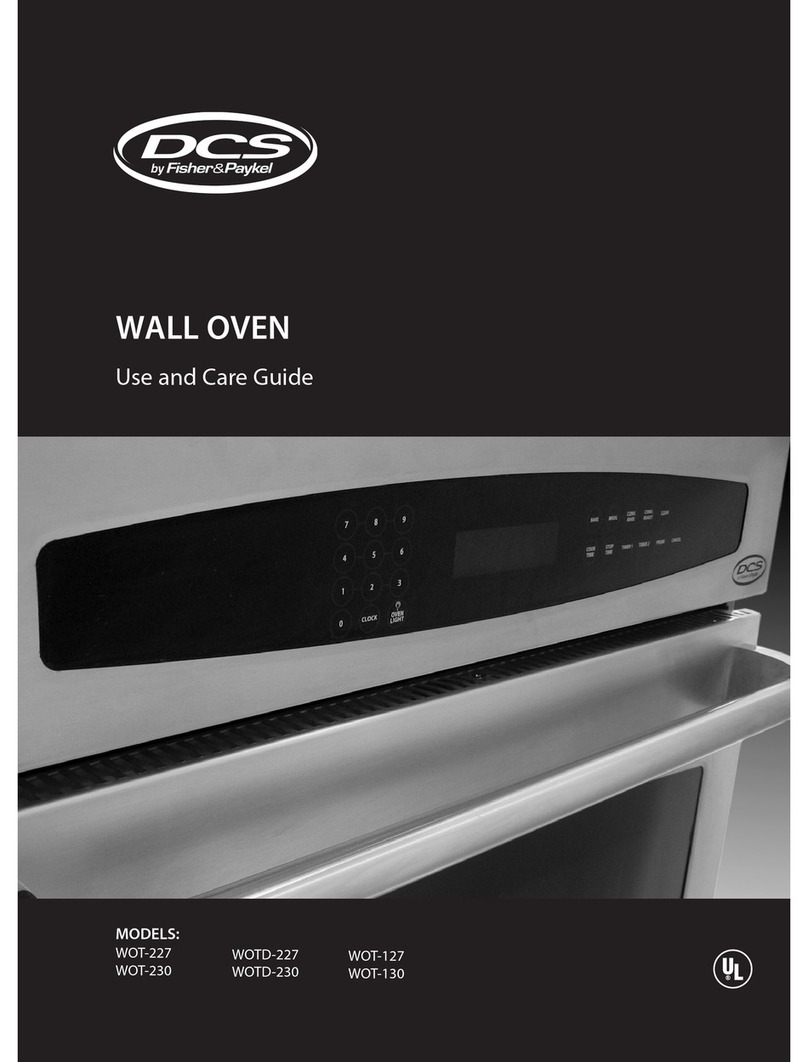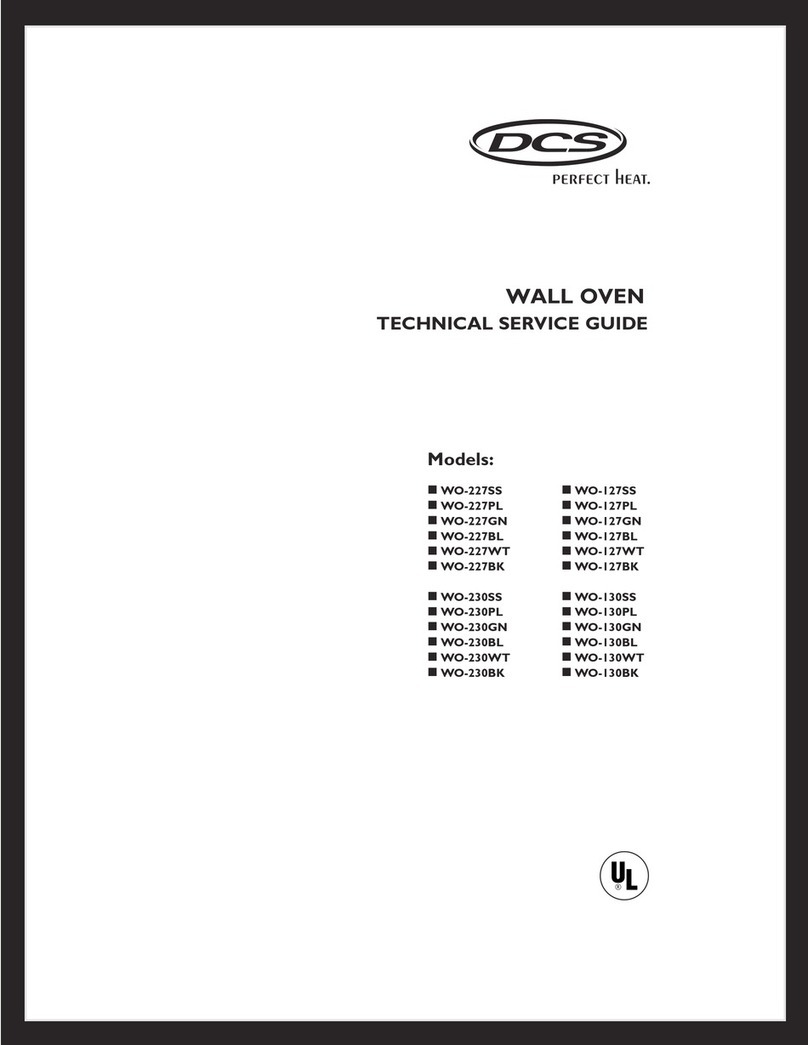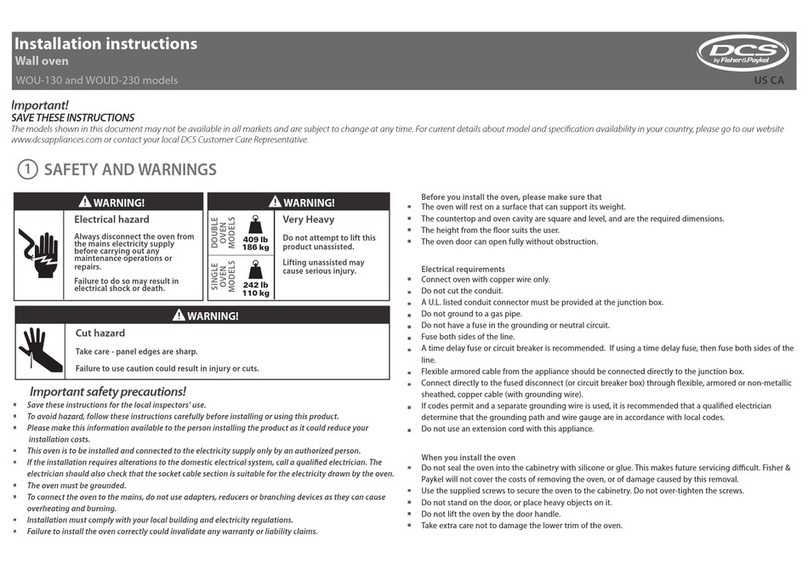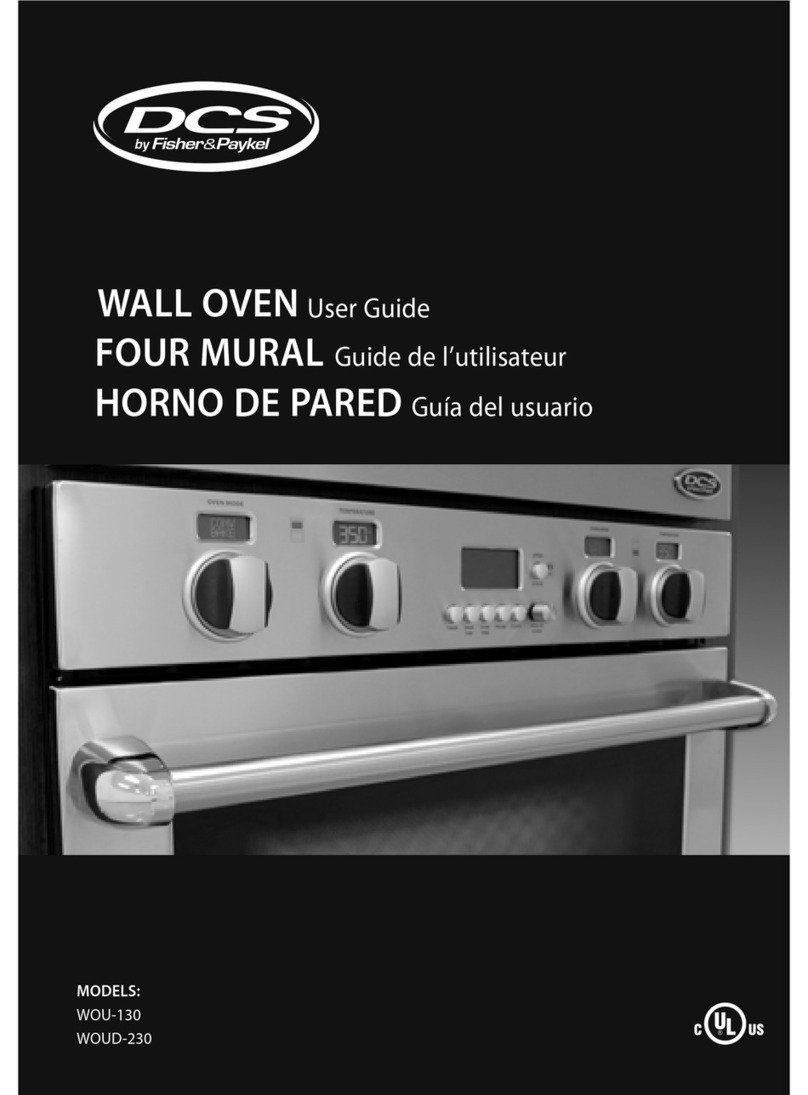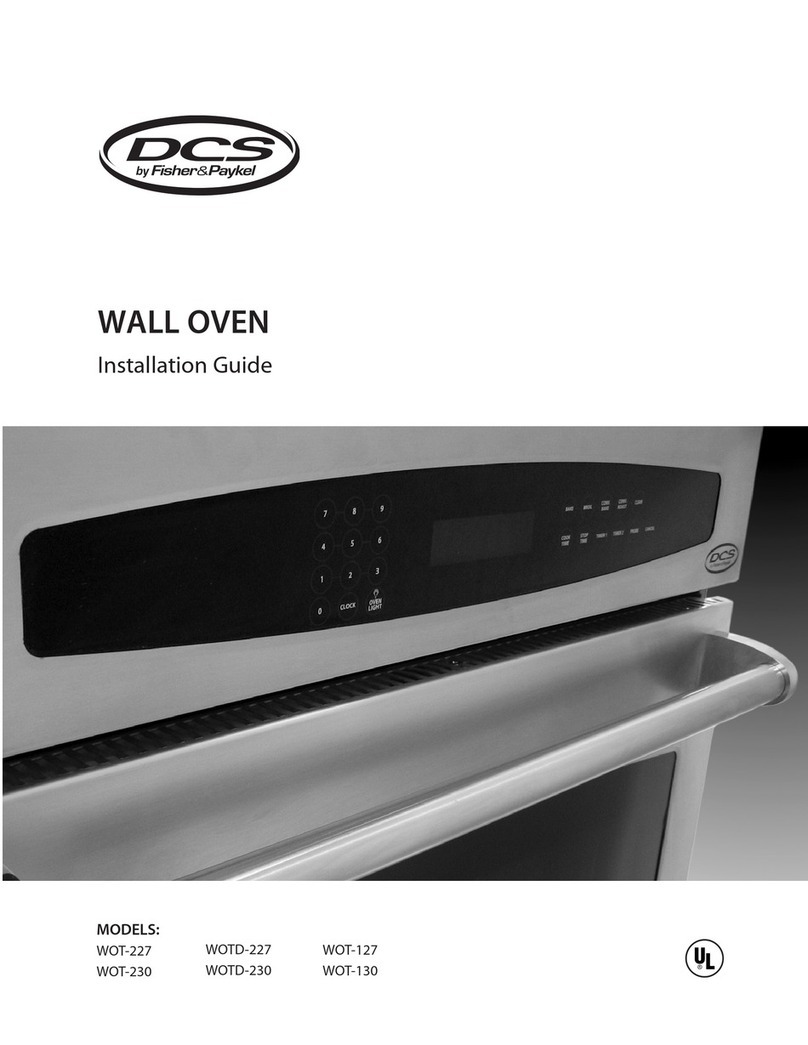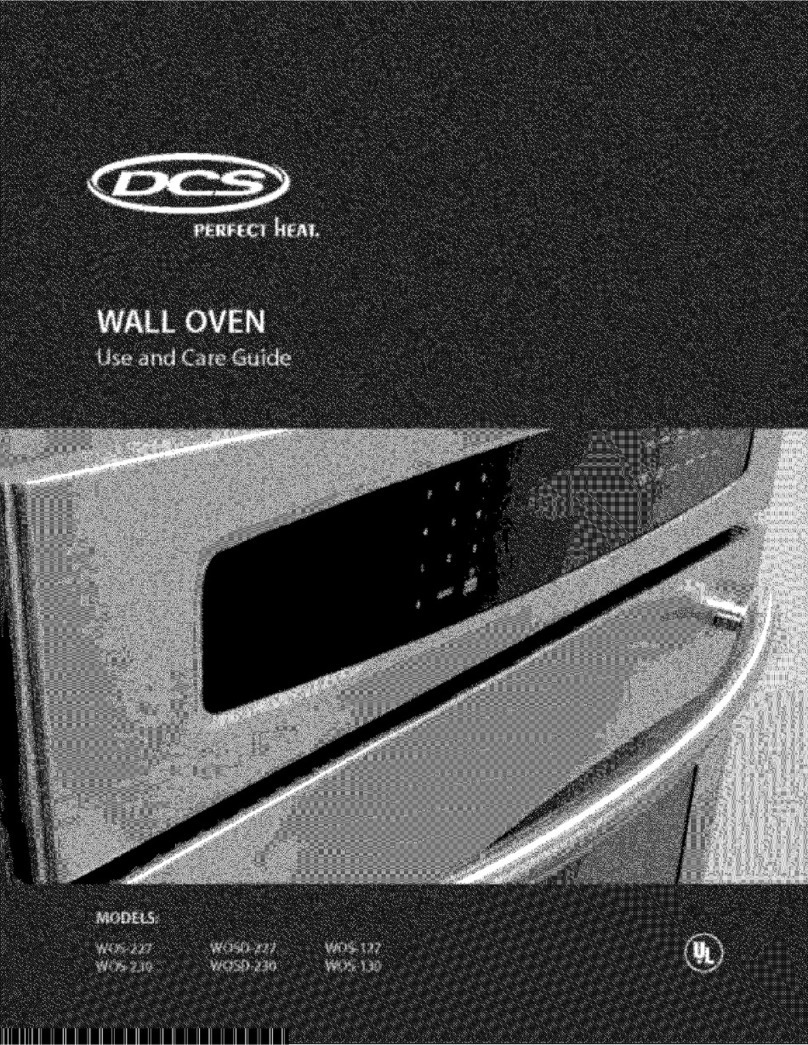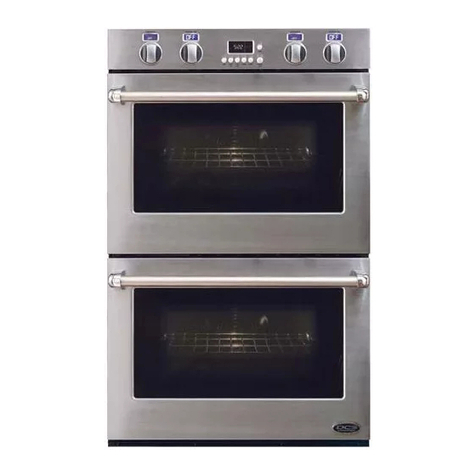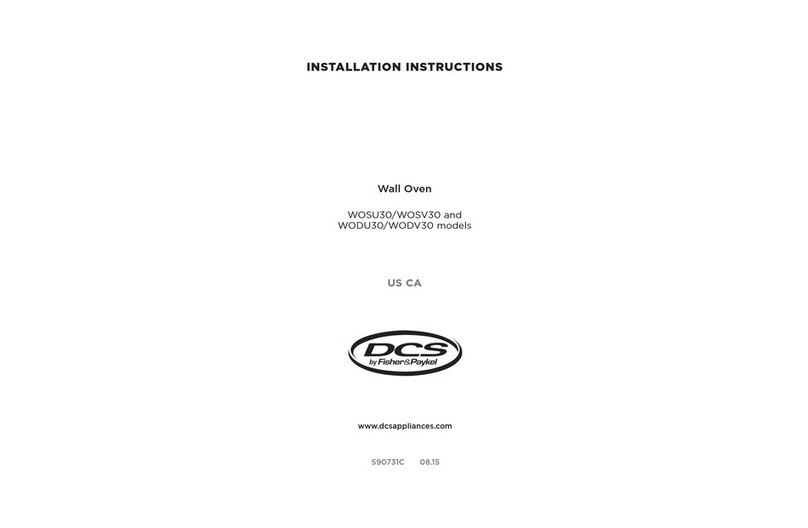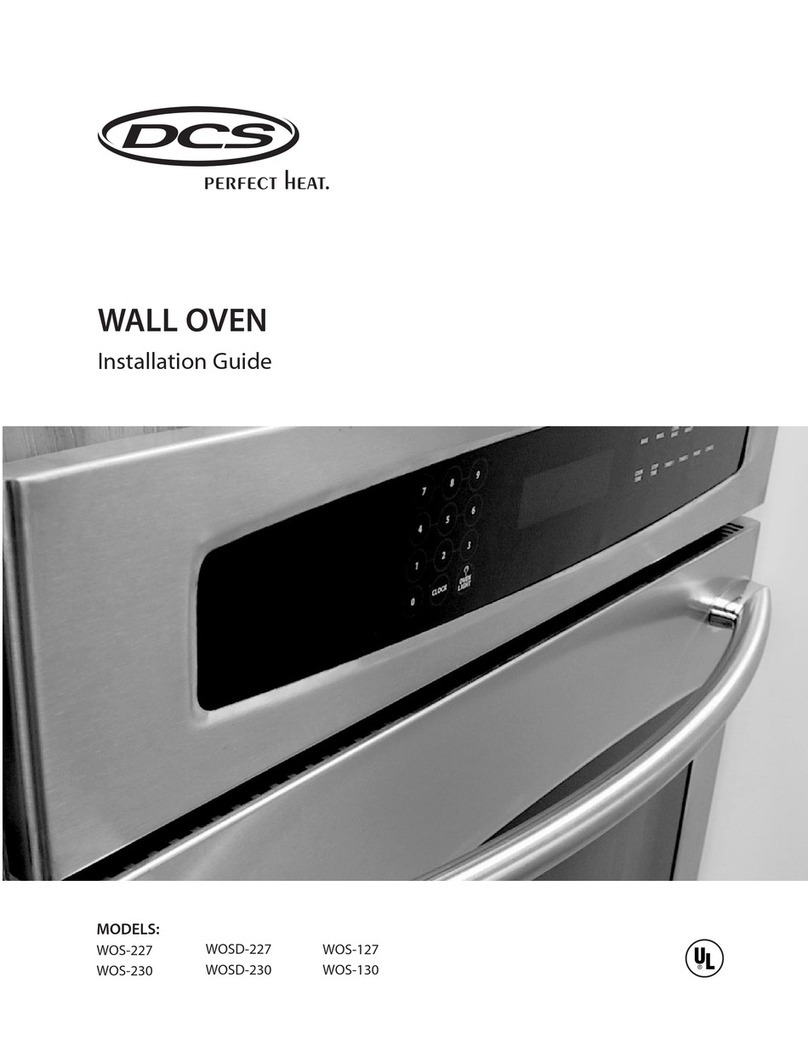4
SAFETY AND WARNINGS
IMPORTANT SAFETY INSTRUCTIONS
Use only dry oven mitts or potholders. Moist or damp potholders on hot surfaces
could result in burns from steam. Do not let potholders touch hot areas or heating
elements. Do not use a towel or a bulky cloth for a potholder. It could catch fire.
Do not heat unopened food containers. They can build up pressure that may cause the
container to burst and result in injury.
Safe food handling: leave food in the oven for as short a time as possible before and
after cooking. This is to avoid contamination by organisms which may cause food
poisoning. Take particular care during warm weather.
Always keep oven vents unobstructed.
Do not operate your appliance by means of an external timer or separate remote-
control system.
Caution: Hot air can blow from the vent at the base of the oven as part of the oven’s
cooling system.
Placement of oven shelves: always position shelves in the desired location while the
oven is cool (before preheating). If a shelf must be removed while the oven is hot, do
not let the oven mitts or potholder contact hot heating elements in the oven or the
base of the oven.
Do not clean the oven seal or use any oven-cleaning products on it. It is essential for a
good seal, which ensures that the oven operates efficiently. Care should be taken not
to rub, damage or move it.
Do not use oven cleaners, harsh/abrasive cleaning agents, waxes, or polishes. No
commercial oven cleaner, oven liner, or protective coating of any kind should be
used in or around any part of the oven. Do not use harsh/abrasive cleaners, scourers
or sharp metal scrapers to clean the oven door glass since they scratch the surface,
which may result in the glass shattering.
Clean only the parts listed in this manual.
Do not use a steam cleaner to clean any part of the oven.
Double oven models only:
You can only Self Clean one oven at a time, and whilst in a Self Clean cycle, the other
oven cannot be used.







